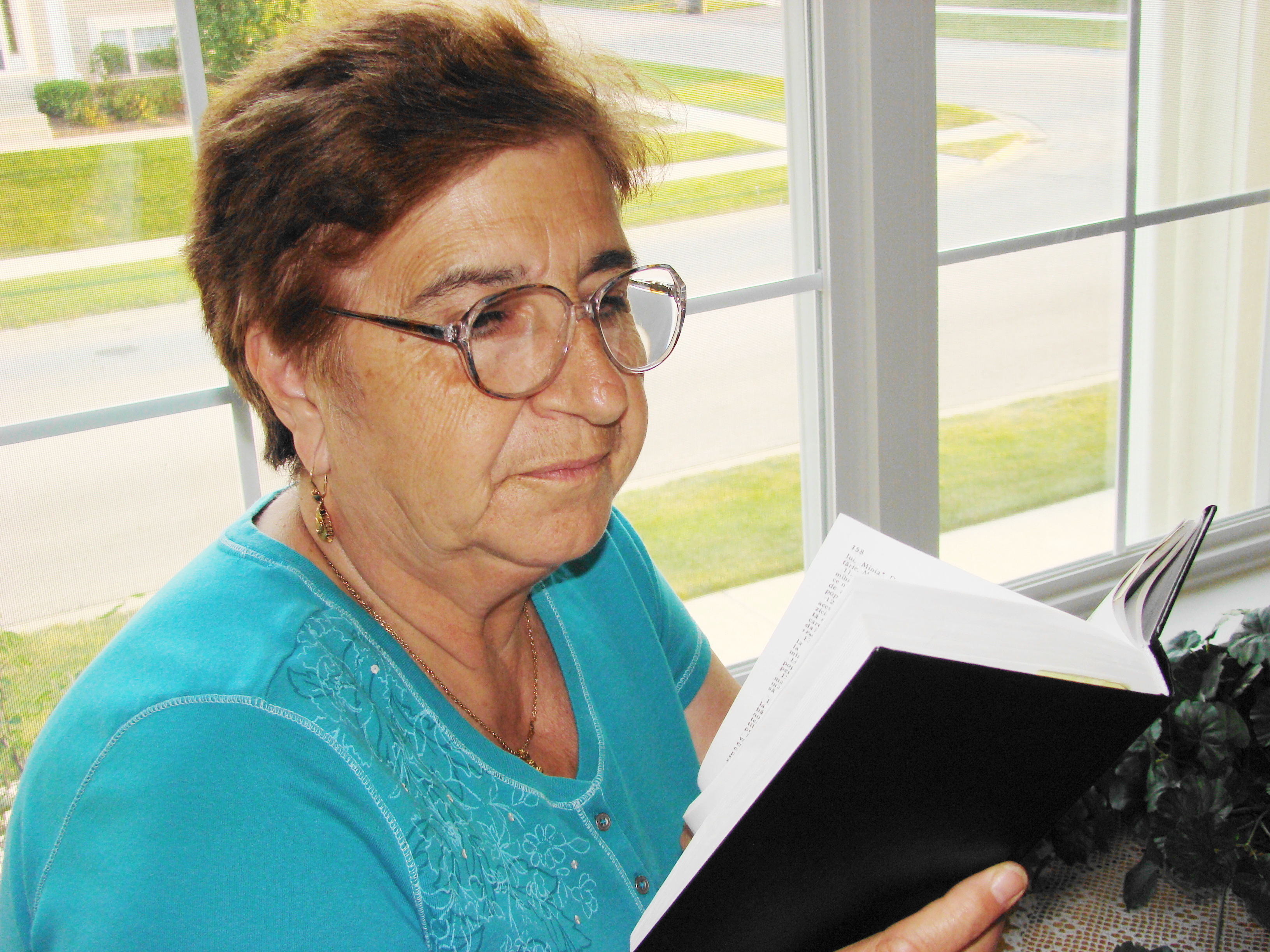In a year where an estimated 2.8 million baby boomers will celebrate their 60th birthday, age-related eye diseases are becoming increasingly important health issues, according to the American Optometric Association (AOA). The AOA is reminding Americans 60 and older that early detection through a comprehensive eye exam can prevent or slow vision loss due to cataracts and other age-related eye diseases such as macular degeneration, glaucoma and diabetic retinopathy.
“Today’s 60-year-olds are more health conscious than 60-year-olds 20 years ago,” said Richard C. Edlow, O.D., American Optometric Association Information and Data Committee chair. “But being better informed about health risks, improved technology and treatment options has not necessarily translated into including regular eye examinations into their health care routine.”
The National Eye Institute estimates that over the next 30 years, the current number of blind or visually impaired Americans will double because of aging baby boomers. According to the AOA, 20.5 million people age 60 and over have cataracts, a leading cause of poor vision in the United States.
“Age-related eye diseases do not have to lead to vision loss or blindness,” Dr. Edlow said. “Some of these have no symptoms in the early stages, which is when it is most critical to help slow the progression of vision loss.”
A comprehensive eye examination provides doctors of optometry with information about the health of the eyes, and also offers indications about diseases that affect the whole body, like diabetes and hypertension.
“Many people don’t understand that even though their vision may be clear, exams can uncover changes in the eye caused by high blood pressure, diabetes, retinal disorders and glaucoma,” said Dr. Edlow. “Since there are more treatment and rehabilitation options than ever before, early detection is all the more critical.”
The American Optometric Association represents more than 34,000 doctors of optometry, optometry students and paraoptometric assistants and technicians. Optometrists provide more than two-thirds of all primary eye care in the United States and serve patients in nearly 6,500 communities across the country. In 3,500 of those communities they are the only eye doctors.

